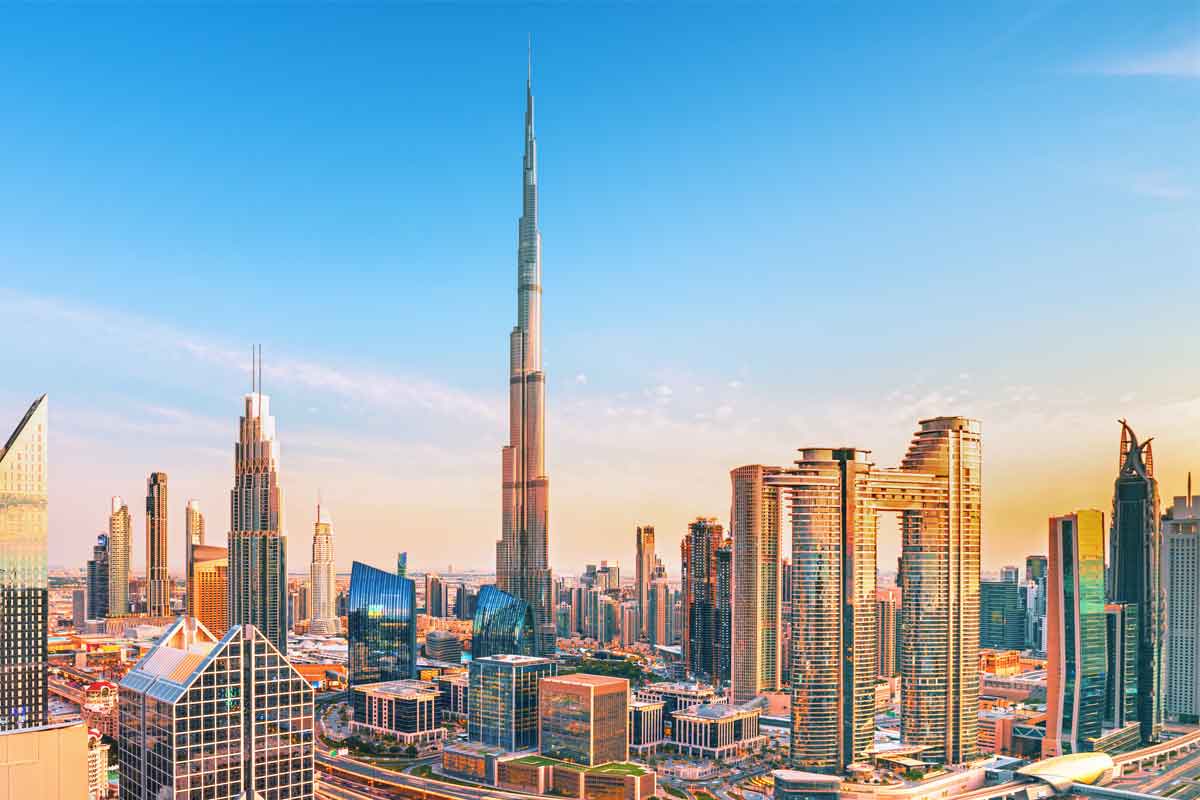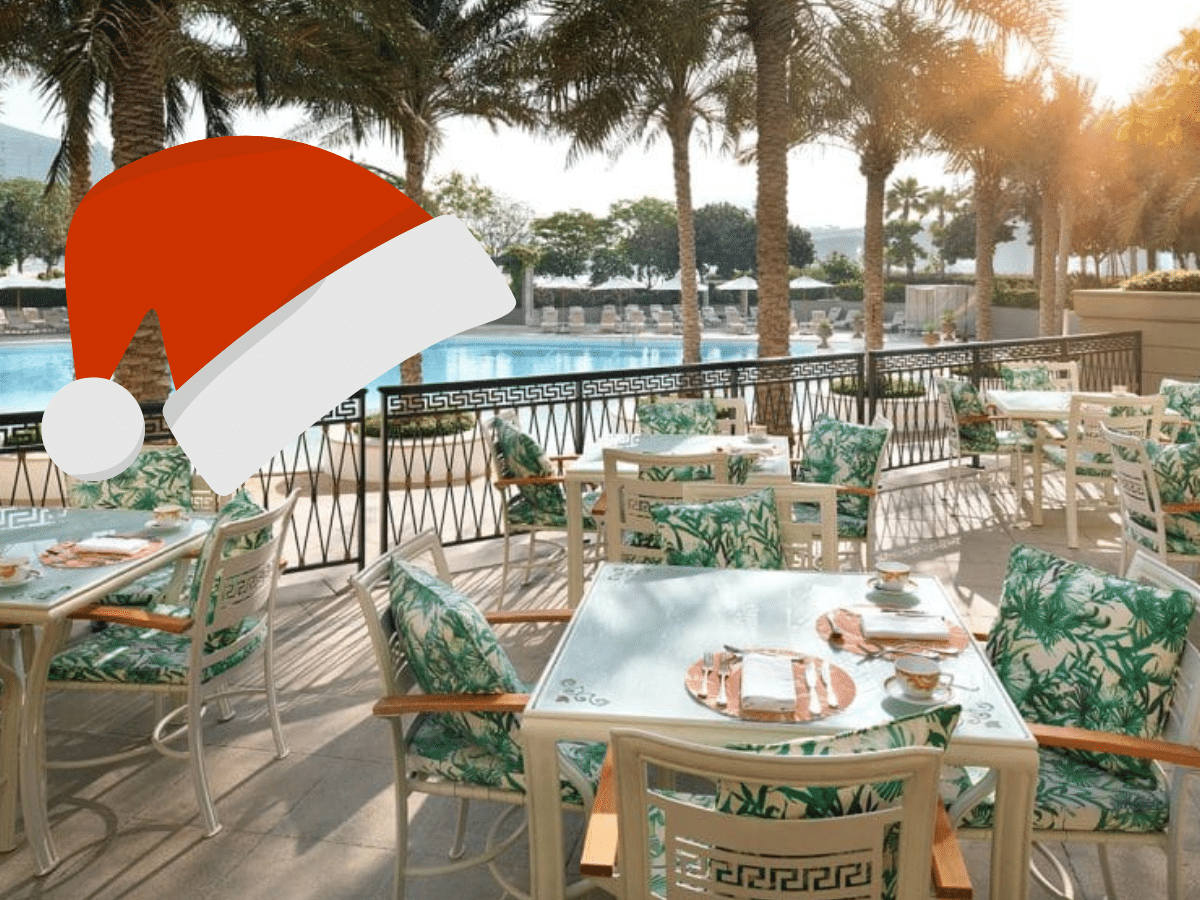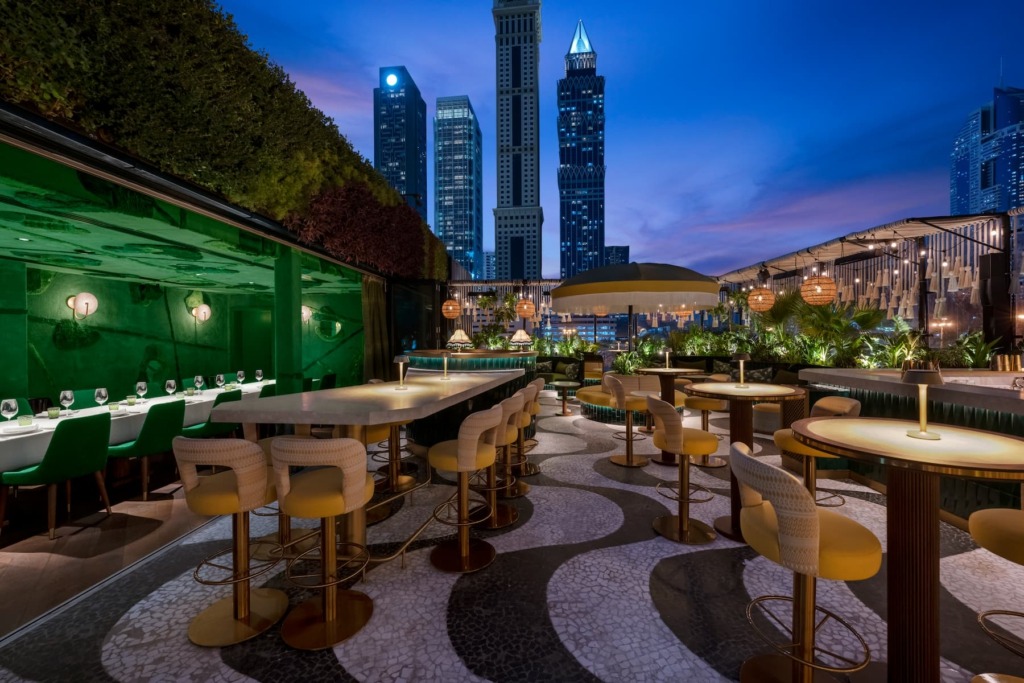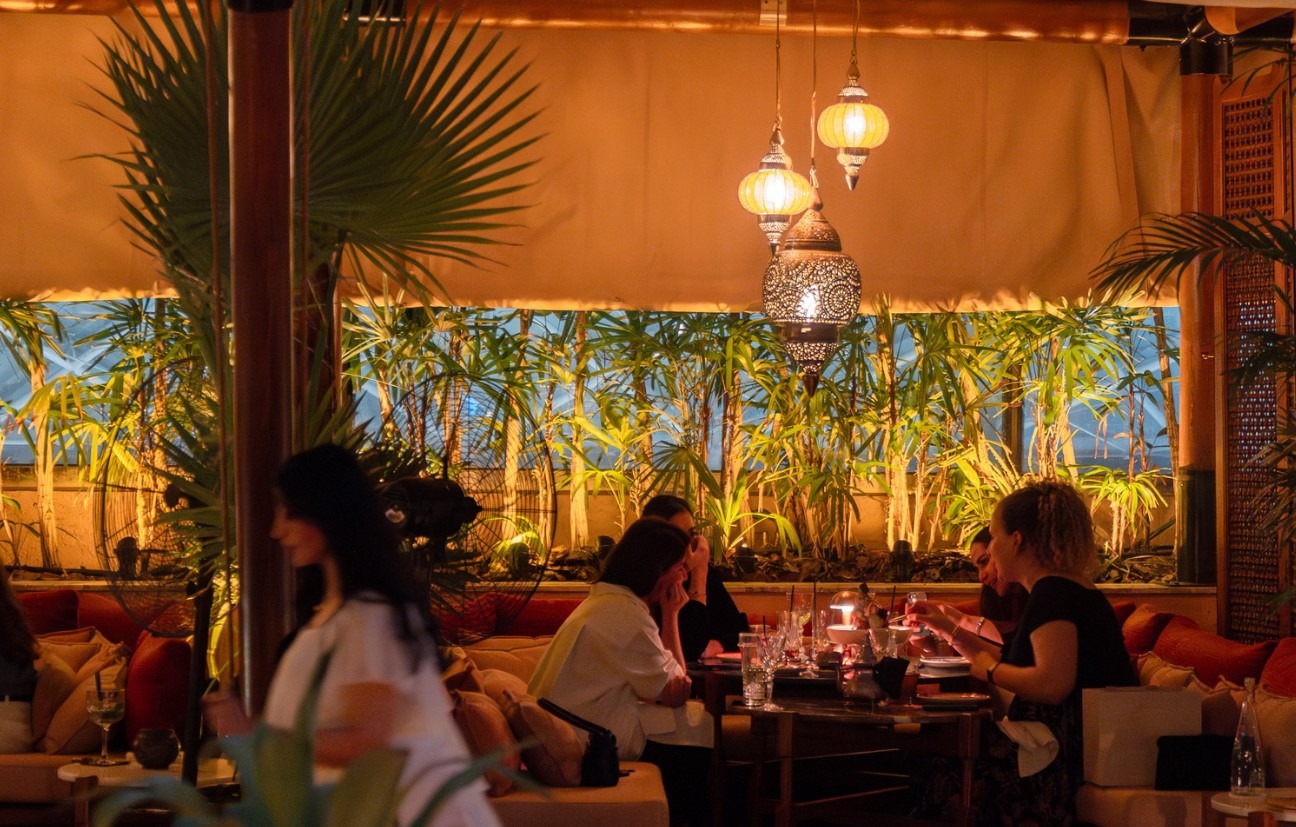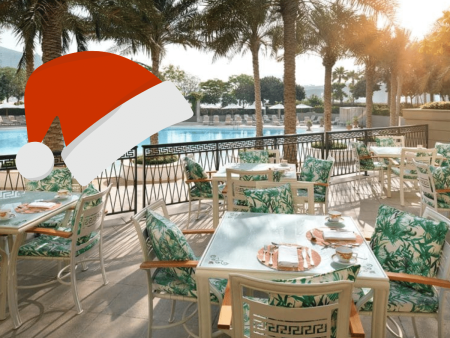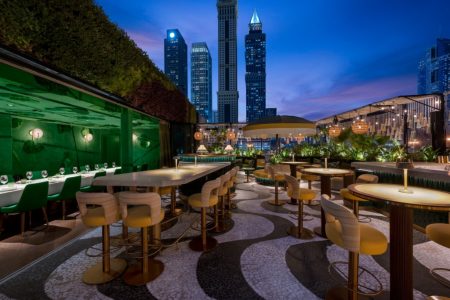What To Know
- As for the sale prices, the indicator increased by 20% in year on year terms in Dubai, Abu Dhabi has shown 8% increase in villa and 6% in apartment prices.
- The hospitality sector has strived in the months contrary to the usual slow movement in the summer season and both cities reflected an increase in the hotel performance.
- According to the JLL’s UAE Real Estate Market Overview, the office sector of the UAE was quite remarkable in its performance during the second quarter of 2024.
According to the JLL’s UAE Real Estate Market Overview, the office sector of the UAE was quite remarkable in its performance during the second quarter of 2024. Such a trend is explained by the growing economy, diversified demand, and the search for qualitative and sustainable offices.
In Dubai, theTotal area designed for lease (TADL) rose by 20,000 sq. The rise in GLA meant that additional the actual leasing area was enhanced correspondently. m. , which accounts for roughly 9. 26 million sq. m. Thus, the total stock in Abu Dhabi was still recorded as 3. 95 million sq. m to the total square footage, mostly in a horizontal direction; it did this by adding a further 7,500 sq. m, However, an additional 125,000 sq. There is 32 m. of office space planned for completion in the second half of the year.
Office rents increased in the two cities as well. CBD area including business bay was found to be AED 2630 per sq. for the year having a year on year growth of 15%. m. per annum. Abu Dhabi’s average Grade A rents increased 10 per cent to AED 2,085 per sqm. m. per annum. Naturally, several new projects were initiated by developers aimed at solving the problem of long-term shortage and increasing the stock of high-quality office space. In all, according to the source, Claimant has by year end invested more than 140000 sq. m. of new office space that would lead to new businesses we see that UAE will continue to position its self as a business friendly nation.
The residential sector was another region that delivered good results. The property price in Dubai rose by 28% while the volume of sales transactions by 34% in the half- year ended H1 2024 relative to H1 2023. As for the sale prices, the indicator increased by 20% in year on year terms in Dubai, Abu Dhabi has shown 8% increase in villa and 6% in apartment prices.
In both the cities, there were sharp increase in rent levels that were prevailingly recognized in the retail markets. Average rental rates in the main primary and secondary malls of Dubai was up by 16 percent y-o-y while Abu Dhabi’s rates were up by 11 percent.
The hospitality sector has strived in the months contrary to the usual slow movement in the summer season and both cities reflected an increase in the hotel performance. The Occupancy grew by 2% through Dubai, and ADR went up by 5% YoY in Dubai and 13% in Abu Dhabi.
Warehouse rental costs in industrial markets were up in the second quarter of this year from last year; Dubai, +14%, and Abu Dhabi, +10%.
Faraz Ahmed, the JLL MENA’s Research Director, said that new commercial facility constructions will help satisfy the increasing demand for premium offices and further strengthen the UAE position in the sphere of business.


